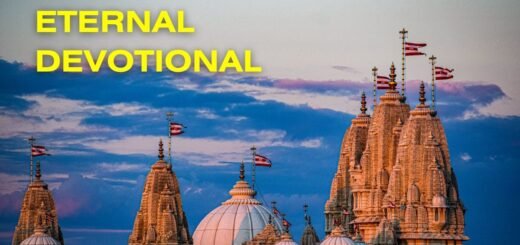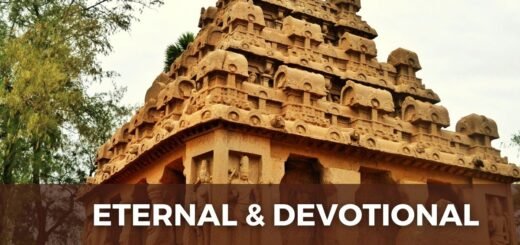Tungnath Temple History And Daily Seva Timings
Know the details about Tungnath Temple History And Daily Seva Timings, Tungnath Temple history and significance, Tungnath temple history and festival celebrated
In the region of Uttarakhand known as Rudraprayag, one of the five Panch Kedar temples that are devoted to Lord Shiva may be found. This building is often referred to as the Tungnath Temple. If one goes by the order of the Panch Kedar temples, it is the second temple on the list. Additionally, it’s the world’s tallest Shiva temple, which is quite cool. In addition, the mountains of Tunganath are responsible for creating the valleys of the Mandakini and Alaknanda rivers. See below to get the details about Tungnath Temple History And Daily Seva Timings
Click here to get Tungnath Temple Mahadev Stotram Lyrics
Click here to get Tungnath Temple Opening Dates In 2023
Tungnath Temple History And Daily Seva Timings
What is the opening and closing time of Tungnath Temple?
Tungnath temple is daily opened in the morning at 6.00 AM and closed at night at 7.00 PM.
In addition to its function as a place of pilgrimage, the Tungnath temple also serves as a popular location for those who like going on hikes. The journey to Tungnath is the shortest of the five Panch Kedar circuits; it covers about four kilometers (2.5 miles) from Chopta and can be completed in around three to four hours.
Tungnath Temple History And Daily Seva Timings
What is the history of the Tungnath Temple?/ What is famous about Tungnath Temple?
It is stated that the Tungnath Temple has a history that goes back a thousand years. According to the views of the devotees, Adi Shankaracharya was the one who first discovered the temple. It is stated that the Pandavas, during the period of the Mahabharata, were responsible for the deaths of their relatives, the Kauravas.
As a consequence of this, Rishi Vyas provided them with the piece of advice to seek out Lord Shiva since he was the only one who had the ability to forgive them for their offenses.
Regardless of this, Shiva continued to evade them by disguising himself; ultimately, he turned himself into a bull and sought shelter in an underground sanctuary at Guptakashi. Following the passage of some time, distinct components of Lord Shiva’s body, which had been disguised as a bull, rematerialized in a total of five distinct locations.
Tungnath Temple History And Daily Seva Timings
What are the Seva Timings of Tungnath Temple?
Tungnath temple daily opens in the morning at 6.00 AM and closes at night at 7.00 PM.
Daily morning Aarti will take place at 6.30 AM and evening Aart will take place at 6.30 PM
What is the importance of Tungnath Temple?
The fact that the Tungnath Temple has a local Brahmin priest gives it a significant advantage over the other Panch Kedar temples, all of which have priests who originate from southern India. Additionally, Maithani Brahmins are the ones who serve in the priestly roles at this temple. There is a widespread belief among adherents that Adi Shankaracharya originated this practice. In addition to that, the temple is closed for the winter months.
After then, the iconographic representation of the deity is changed to depict Mukkumath. The waters of the rivers Mandakini and Alaknanda are separated here at Tungnath, which sits atop the mountain that separates them. Additionally, Chandrashila Peak is approximately two kilometers to the west of the temple.
The majority of pilgrims visit the temple during the summer months since, due to the severe weather that occurs throughout the winter, the location is inaccessible at that time of year.


